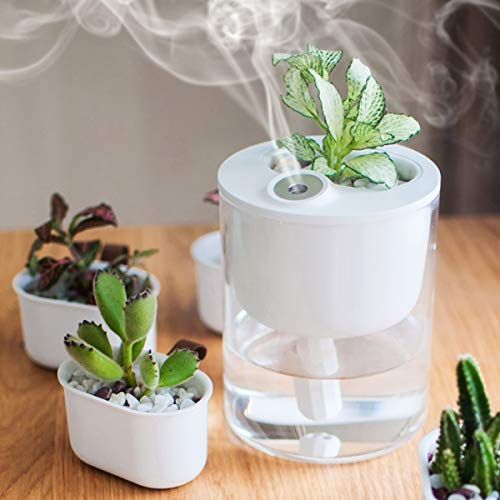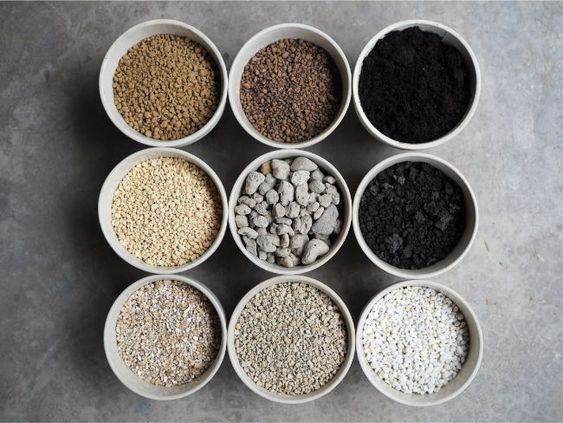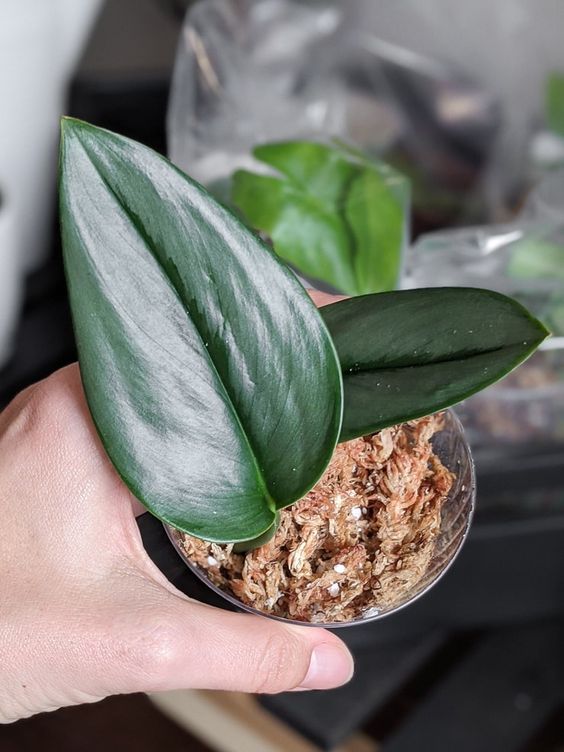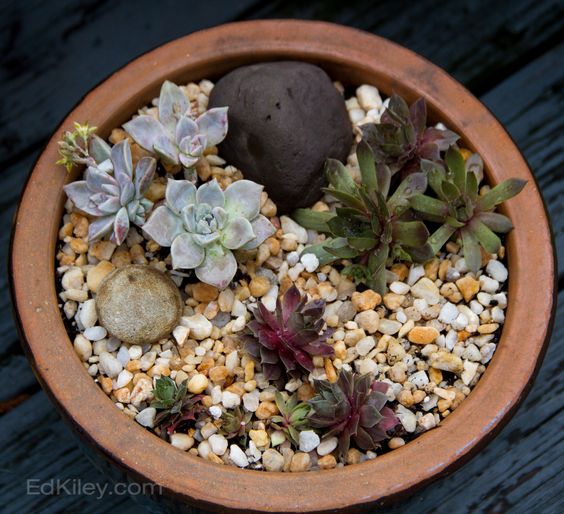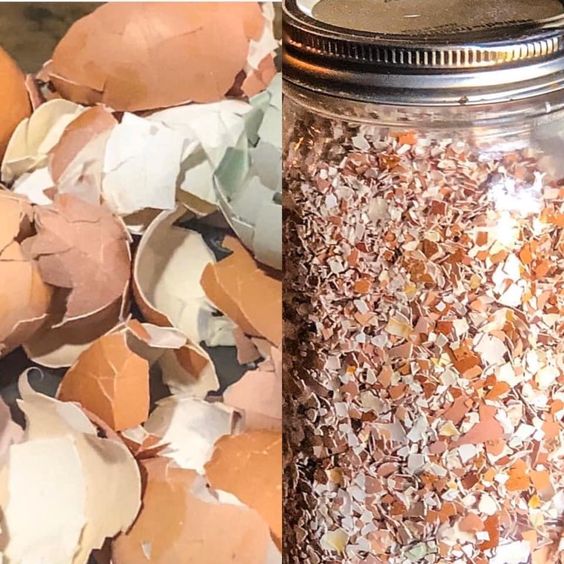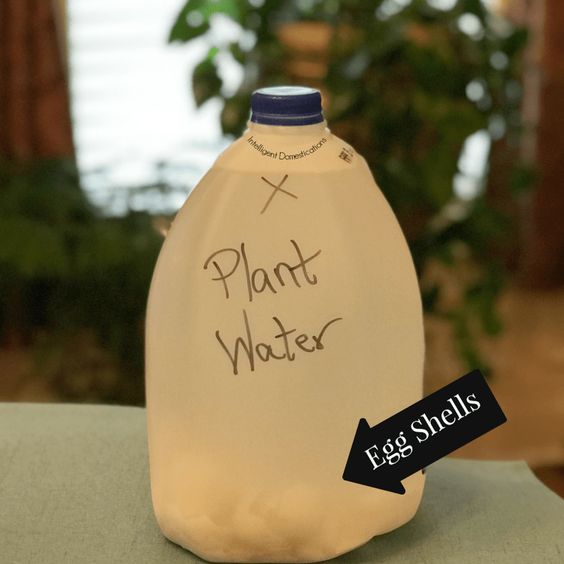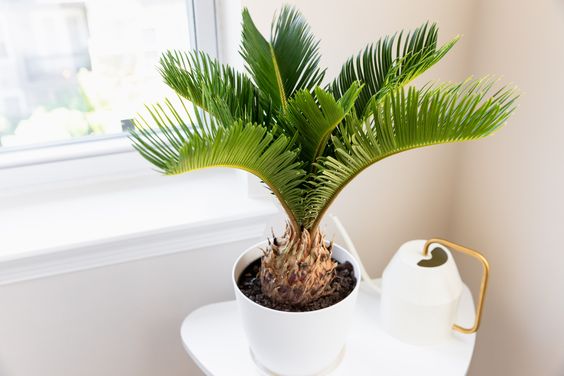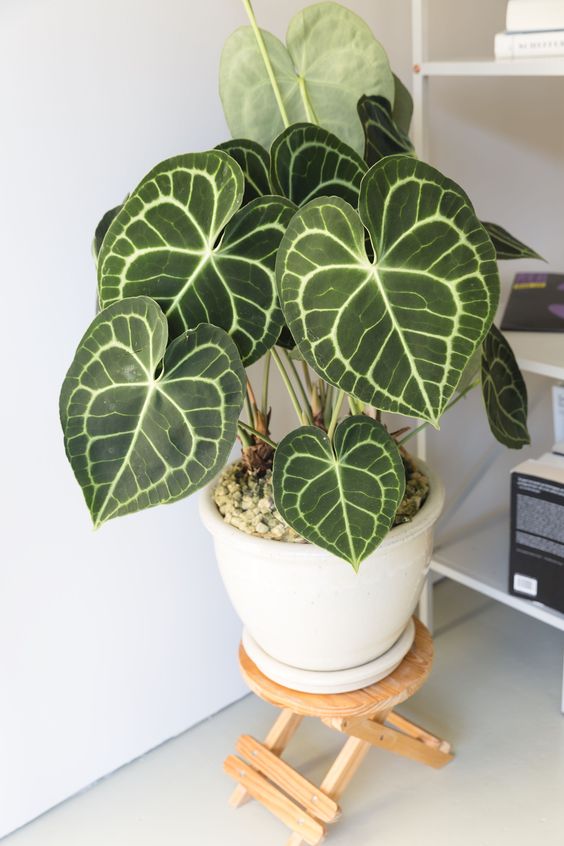Jordlinghome.com – Most of us growing some green plants outside of the door. But, if we look at the benefits of growing plants indoors such as help to purify the air suddenly we want to have them in the living space. Choosing tropical plants to grow indoors is the best way to achieve that goal. They are known for easy to take care of and available in hundreds of varieties. In this writing, we will be sharing with you the ultimate guides to grow indoor tropical plants. In addition, you don’t need a green thumb to make them thrives! Let’s reinforce green living space in our home!
Tips on watering the houseplants
Most tropical plants love to live in moist soil, but not wet. It’s very important to check the plants that exactly need water. How do we know our houseplants need to be watered? Simply, stick our finger down to the soil around 1 inch, if the soil stick to the finger and feel wet which means our plant does not need to be watered. On the contrary, if the soil feels dry that is exactly what we need to water it.
If you are worried about watering your houseplants too much, you can use a simple watering device, spray plants. Using spray that will help to distribute water evenly onto the soil and foliages. It’s important to keep the soil well-moist. We have to remember this as well, overwatering makes the soil wet that will cause death to indoor plants.
Perfect angle of natural lighting
Growing plants indoor might be trickier than outdoor. There is some requirement we have to follow to make them thrive and adapt in low light conditions. Anyhow, you want to grab them into the interior space, you have to make sure that your plants tolerant to full sun or low light-loving plants. Indoor tropical plants such as Aloe Vera, sago palm, snake plants are tolerant to the full sun. On the contrary, there are indoor plants that thrive in low-light conditions such as pothos, maidenhair fern, English ivy, and so on.
Considering your indoor plant is a type of loving the full sun, then you have to find the spot or the perfect angle that receives a lot of sunlight in the morning. We can put that plant next to the window. If you’ve got the low-light loving indoor plants, making sure to take them far away from sunlight. Because once they are hit by the sun, their color’s foliage will change and might be burnt.
Control the air humidity
Another guide to keeping our plants thrives inside our home is to control the air humidity. Humidity is one of the biggest factors in growing and takes care of tropical plants. In the cold weather for such winter, the air inside mostly dry. Immediately, we need to put a humidifier around the plants, so that they can breathe well even in the dry winter cold weather.
Best potting soil for indoor plants
Another important thing to grow indoor plants based on potting mix selection. Considering the growing plant inside the property, we have to qualify the best potting mix to support the growing media for thriving plants. Here are a few potting mix selections you can choose to grow your houseplants!
Sphagnum moss/ peat moss
Why do we don’t choose topsoil as a growing media for indoor houseplants? The reason is that the topsoil is proper growing media for outdoor garden plants. We have to choose the best potting mix that has slightly dry textures but has enough nutrients. So, our plants will thrive even inside the building.
Our first potting mix selection comes with sphagnum moss. The textures on sphagnum moss are moist which tropical plants love to live with. What material made of sphagnum moss? It’s made from the sphagnum, one of the hundred species of mosses, and often use as peat moss. They have been through the processes until they become slightly dry and moist. Our tropical indoor plants will love to live in this growing media!
Coconut coir
Another growing medium for indoor plants is coconut coir. It’s a natural potting mix made from coconut husk and another extended material. They are much available in the grocery garden, so you can buy them there. Simply, put the coconut coir on the pot, and we are ready to plant. The coconut coir is super absorbent which is good to put in the living space. They keep the moisture very well, so we just need to water them a lot.
Stones for drainage system
Gardening inside the home also requires a well-grainage system. How can we trick drainage in the pot? Simply, we can put small stones into the pot before we put a potting mix. The stones will handle the water absorption out from the pot through the holes in the bottom. We don’t want the soil and water coming out from the pot and make the surface dirty. Well, we can avoid it by using stones or gravel and put them on the pot bottom. As a result, the clean gardening style at home would be so much fun!
Best fertilizer for indoor garden tips
Most indoor houseplants are very sensitive to chemical fertilizers. So, it’s better to choose organic fertilizer to grow them. Besides, organic fertilizer is a harm-free substance that is much safer to use at home. It’s very important to choose organic material to create a healthy environment. Considering we spend a lot of time in the living space, and we have to create a healthy environment. Each one of them is to go with organic and friendly-environmentally.
Basically, making organic fertilizer for our plants is quite easy. We don’t need to spend an extra budget to buy fertilizer in the grocery store. We can DIY organic fertilizer at home easily! Here are a few organic fertilizers you can follow too!
Eggshell fertilizer
After making breakfast in your lovely tropical kitchen, don’t waste the eggshell into the basket. We can use them to thrive our plants. The eggshell is well-known to contain calcium and potassium. These nutrients are well-known to thrive in the soil. So, right now, don’t waste the eggshell anymore, let’s use them to make organic fertilizer. There are two types of DIY eggshell fertilizer, there are dry and liquid fertilizer.
Creating a dry eggshell fertilizer is super easy. First of all, rinse the eggshell with water. Because we only need the nutrient inside the eggshell. After that, crack the eggshell into small pieces. Finally, dry them under the sun, if there’s cloudy weather, you can dry them to the oven. That’s all, the organic eggshell fertilizer ready to use. Gently spread them onto the soil surface, then watch your green plant will thrive happily!
Another method to create organic eggshell fertilizer is using the boiling method. Let’s DIY it!
- First, rinse the eggshell with water and then crack them into small pieces
- Next, boil them in the pot with 1-liter water. Boil it for around 15-20 minutes.
- After that, let the eggshell sit overnight in the water, this step will transfer the nutrient from the eggshell to the water.
- Finally, strain the eggshell liquid into the bottle. And that’s it, we already have organic liquid eggshell fertilizer.
Banana peel fertilizer
Another easy way to make organic fertilizer on our own is using banana peel. After you eat the banana, again, don’t waste it! Banana peels also contain potassium which is needed by the soil to be rich. Prepare the clean jar, then simply put the banana peel inside. After that, add water until it fulfills the jar. Finally, we just need to wait for a few days until a week before using it. After waiting for a few days, open the jar and remove the banana peel in the jar, and we already have the liquid organic fertilizer!
After we discuss the steps to take care of tropical plants. Now, we will bring you to get to know some best of indoor tropical plants down below!
Sago Palm
Hiding under the palm tree on the blazing hot summer day is quite relaxing. The palm tree has beautiful sharp green foliages on its branches, they love full sun and sometimes a partial shade of the sun, and they’re known as tropical tree essential. We have an idea to decorate the living space with a tropical design, which is so relaxing!
Sago palm can be an option to bring tropical plants inside our home. Plus, they are easy to maintain. They love the morning sun, so we can keep it close to the window. For the growing media, we can choose a potting mix. To maintain this plant, we only watering the requirement around twice a week. Making sure that the media remain moist. Just stick your finger down and feel it. If the soil gets dry then we have to water it immediately, but if the soil sticks to our fingers and moist enough, we don’t need to water it. Giving them the nutrient with an organic fertilizer that we already made it!
Anthurium
If you are looking for large green foliage to decorate a tropical bedroom theme, then anthurium crystallinum can be your option. They have thick green leaves and heart shape foliages that will perfect to put around the corner. They are low-light loving plants but remain humid air. Taking care of this topical plant is quite easy, we only need to water them once a week, and they are low-light tolerant. When winter comes, the air inside our home become dry, it’s important to keep the air humidity to grow tropical plants. So, we can put a humidifier when winter comes.
Orchid
To beautify the interior space, we can add beautiful blooming orchids! They are come in various color shades, from, white, pink, to purple they are absolutely gorgeous! Basically, orchids came from the tropics and subtropics region, they love humid air and thrive in low-light conditions. Making them is an ideal tropical plant to beautify the interior design!
To keep the orchids bloom in spring, we have to take the case of them as well. We can choose a potting mix or another growing media for the indoor plants we already shared above. Watering them once a week or when the soil surface dry. If necessary, put a humidifier around them to keep the air moist. Giving organic fertilizer to give them nutrients to thrive!
Conclusion
There are many tropical plants to thrive indoors, they also easy to maintain. We consider bringing greeneries to the home is to reinforce the green living space. They help to purify the air and free filter pollution. As a result, we have more fresh oxygen and create friendly-environmentally living space!
We have compiled the essentials to keep the tropical plants thrive inside of the door.
- First, watering them when the growing media feels dry.
- Second, we have to know our plants are low-light or tolerant of full shade sunlight. So, we can put them in the right place.
- Topical plants love humid air. So, make sure to control the air conditioner. We can put a humidifier when the air gets dry.
- Rule four, choose the best potting soil to grow plants indoors.
- The last rule, feed the plants with organic fertilizer. That’s matters to make them thrive and reinforce the living space.
Thus are the compact guides for you to follow, so you can grow houseplants properly. We hope you enjoy our tips and let’s create a green and fresh environment inside our home!




